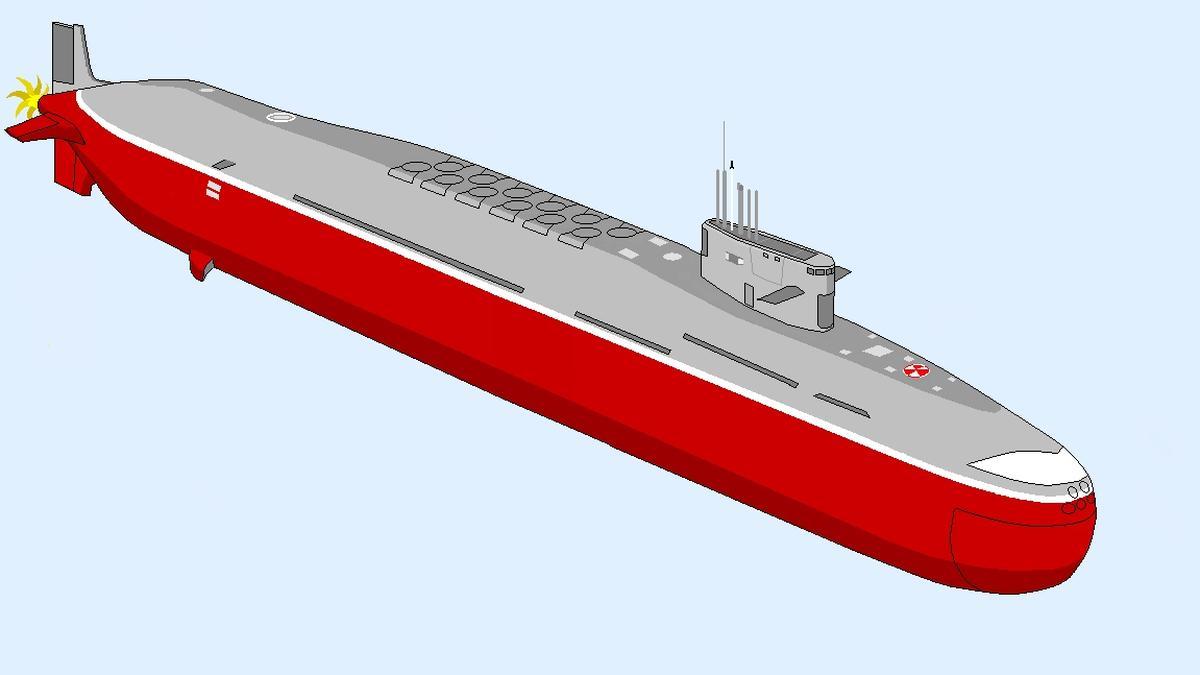In a significant development for India’s defense capabilities, the Indian Navy successfully conducted the test firing of the K-4 ballistic missile from its recently commissioned nuclear submarine, INS Arighaat, on November 28, 2024. The missile, capable of reaching distances of up to 3,500 kilometers, is a critical component of India’s strategic deterrent.
The INS Arighaat, whose name translates to “destroyer of the enemy,” was officially commissioned into service on August 29 at the Ship Building Centre in Visakhapatnam. The successful test firing of the K-4 missile is seen as an important step in validating India’s second-strike capability, a vital element of its nuclear deterrence strategy.
Sources within the defense establishment indicated that the results of the test are currently under analysis. Following this process, officials will provide briefings to top military and political leadership regarding the outcomes and implications of the missile’s performance. This thorough approach underscores the significance of the missile system in bolstering India’s national security.
Prior to this full-range test, extensive trials were conducted by the Defence Research and Development Organisation (DRDO) to ensure the missile’s reliability when launched from underwater platforms. This meticulous preparation reflects the Indian Navy’s commitment to advancing its operational capabilities.
The Navy currently operates two nuclear submarines with ballistic missile launch capabilities: the INS Arihant and the newly inducted INS Arighaat. Additionally, a third submarine is expected to be inducted into service next year, further enhancing India’s underwater strategic capabilities.
Looking ahead, the Indian Navy has outlined plans for additional tests of the K-4 missile system, indicating a robust commitment to the continual development and enhancement of its naval defense technologies. This focus on innovation and advancement in niche military technologies is vital for maintaining a strategic edge in an increasingly complex geopolitical landscape.













